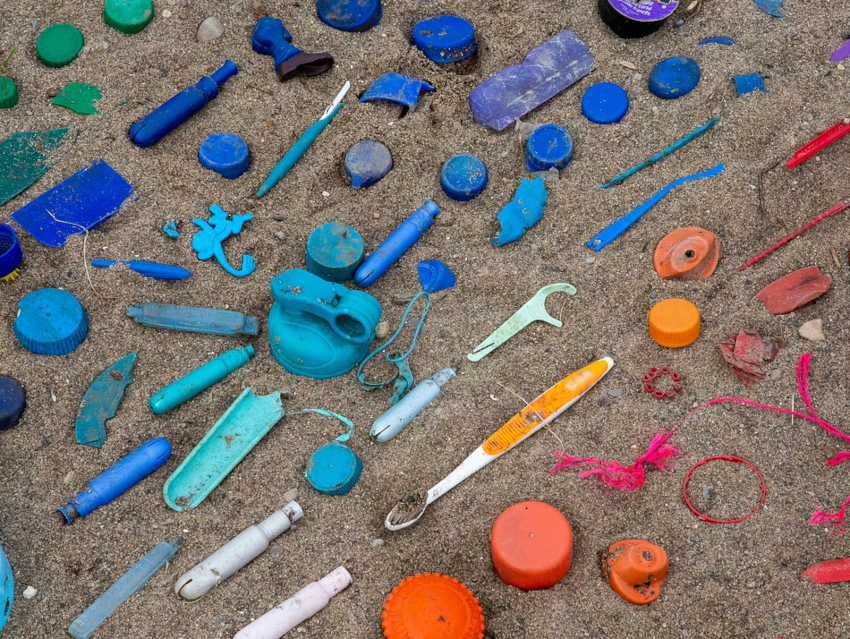At one time, it was said we were living in “The Plastic Age”. These wonderful materials brought us many of the luxuries of the modern world, from mundane disposable plastic bags to sophisticated medical devices that save lives, for instance. Unfortunately, luxury comes at a price, and waste plastic is a growing problem in what is becoming more frequently termed “The Anthropocene”, the age defined by humanity’s footprints, carbon or otherwise, on the world.
Plastic recycling where it is feasible can only take us so far and it seems that broken-down pieces of plastic, so-called microplastic particles, are now ubiquitous in every ecosystem and environment around the world—from lakes and rivers to the depths of the ocean, from the top of the tallest mountains to the deepest of valleys. Indeed, microplastics are present not only in the food chain but even in the air we breathe. They are around us and within us. It is a positive signal that chemists have begun to find new solutions for this problem.
Composite Material Incorporates Microplastic Waste
Marco Caniato, Free University of Bozen, Bolzano, Italy, and colleagues have carried out an acoustic and thermal characterization of a new composite material that incorporates recycled microplastic waste. The microplastic particles are embedded as filler material in a biomatrix, i.e., alginate—making a composite open-cell, or foam-like, material that could be used for acoustic and thermal insulation in industrial, civil, and maritime applications.
The researchers explain that it is difficult to retrieve microplastic particles once they are swept out to sea, and much of the plastic litter that is recovered from the marine and coastlines is commonly incinerated or buried in landfill because its degradation, caused by saltwater and sunlight, makes it unusable in conventional separation and recycling systems.
Sustainable Matrix
The team demonstrated how an alginate biomatrix, a class of material investigated previously as a sustainable alternative to polymer matrices, can be used to make a foam where the filler is powdered and flaked mixed industrial and domestic plastic waste, containing polyethylene terephthalate (PET) bottles as well as foamed and expanded polystyrene. Particles are of various dimensions but all less than 500 μm—so well within the “micro” definition as it stands.
The foam was produced using a sol-gel approach whereby a three-dimensional porous hydrogel network forms through calcium cross-links with the polysaccharide chains. Microplastic filler of different types incorporates well into the biomatrix. The team adds that if marine waste plastic is used, it needs prior rinsing with deionized water to remove salts.
Acoustic and Thermal Insulation
The researchers tested freeze-dried blocks of their composite materials for sound absorption and thermal conductivity and found evidence of very good insulation properties. Sustainable composite materials with good acoustic and thermal insulation properties would be a boon to many industries, with the additional benefit of reducing the environmental impact of construction and manufacturing.
The team points out that microtomography and scanning electron microscopy (SEM) investigations of the porous microstructure of the composites show its internal open-cell structure with the microplastic powder incorporated. This helps explain how the novel composites might compete with the properties of conventional insulators such as rock wool and polyurethane foams. In addition, varying the microplastic content could be used to fine-tune the absorption frequencies of the blocks for particular types of acoustic dampening and baffling.
- Acoustic and thermal characterization of a novel sustainable material incorporating recycled microplastic waste,
Marco Caniato, Luca Cozzarini, Chiara Schmid, Andrea Gasparella,
Sustain. Mater. Technol. 2021, 28, e00274.
https://doi.org/10.1016/j.susmat.2021.e00274




